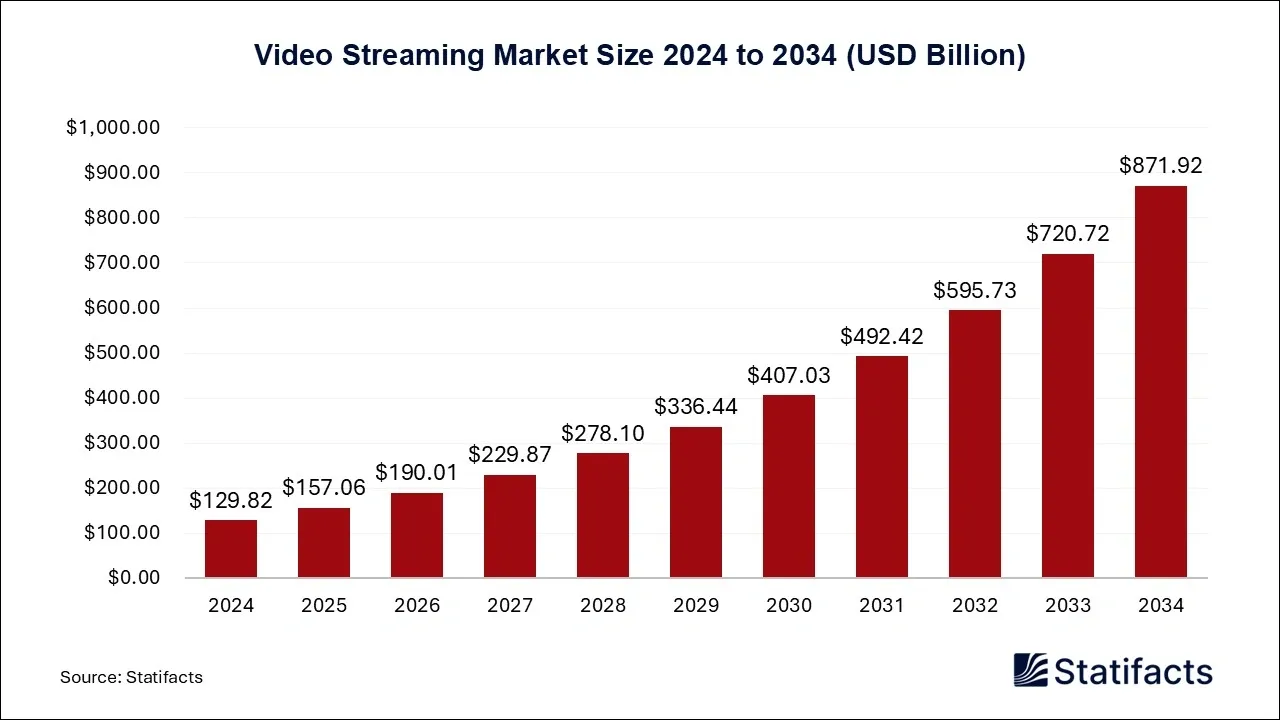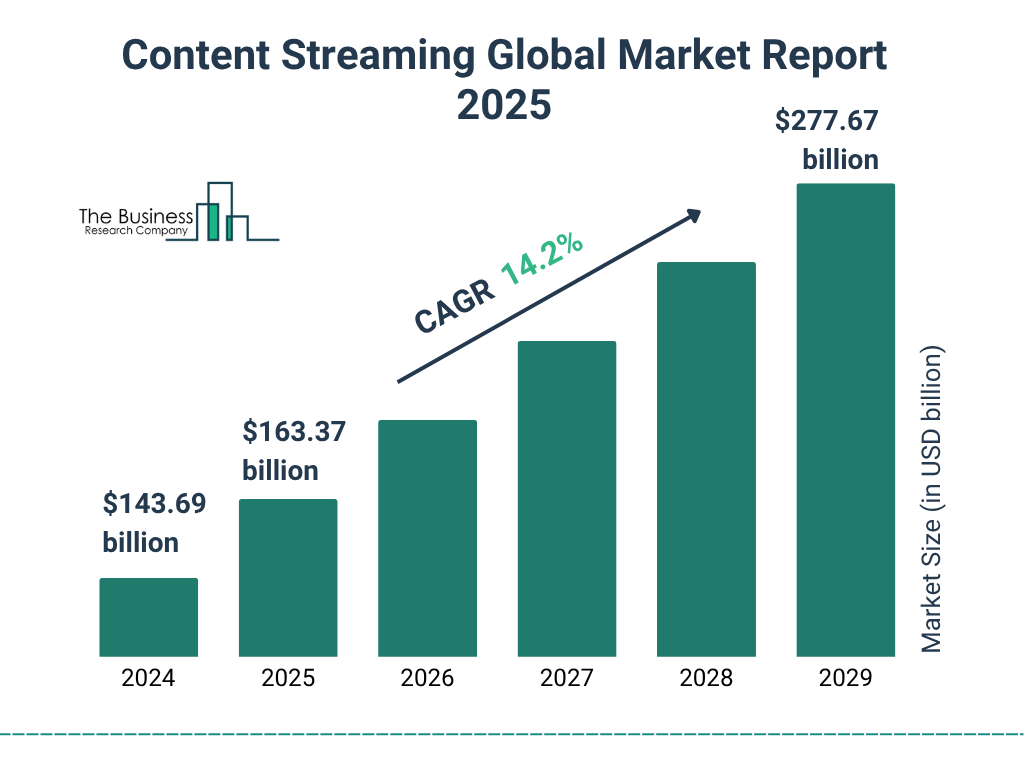The Streaming Shakeout: How the "Streaming Wars" Died and a New Era of Profitability Was Born
The "streaming wars" are over. We're in a new era defined by profitability, ad-supported models, and a surprising return to content licensing.

Written by Lavanya, Intern, Allegedly The News
NEW YORK, September 8, 2025
For years, the narrative of the streaming industry was one of relentless, high-stakes competition- a "streaming war" where every media giant was scrambling to launch its own service, churning out endless, expensive original content to win the fight for subscriber dominance. The goal was simple: grow at all costs. But the period from late 2022 to the present has marked a definitive end to that era. After years of record spending and shaky profitability, the industry has undergone a seismic shift, pivoting from a growth-at-all-cost model to one of financial prudence and diversification. The focus is no longer on winning a war, but on building a sustainable, profitable business.
The Timeline of the Great Streaming Pivot
The streaming landscape didn't change overnight. It was the result of a series of strategic decisions made by the industry's biggest players, driven by the realities of a saturated market and a changing economic climate.
- 2022: The Wake-Up Call. For years, streaming was a "spend big to win big" game. Netflix, the pioneer of the streaming revolution, shocked the industry in Q1 2022 by reporting its first subscriber loss in over a decade. This event was a stark wake-up call, not just for Netflix but for every company that had bet on endless growth. It forced a fundamental re-evaluation of business models that were built on the premise of constant, exponential subscriber additions.
- May 2023: Netflix Cracks Down on Password Sharing. The company's long-talked-about plan to curb password sharing was officially rolled out in the United States and over 100 other countries. This move, a controversial one with consumers, was a clear signal that Netflix was prioritizing monetization over raw subscriber numbers. While some analysts predicted a mass exodus, the data proved otherwise. The crackdown led to a significant spike in new sign-ups, with Netflix adding 9.33 million paid subscribers in the period following the announcement. This was a clear validation of the strategy and a harbinger of things to come for the rest of the industry.
- May 2023: HBO Max Becomes Max. Warner Bros. Discovery officially rebranded its flagship streaming service, HBO Max, to simply Max. This move was an effort to signal a broader, more diverse content library beyond the prestige brand of HBO, incorporating a wider range of shows from Discovery's portfolio. While met with some initial consumer and industry confusion, the change was a reflection of the evolving strategy: moving away from a single, premium brand to an all-encompassing platform designed to attract a wider, more family-friendly audience and increase subscriber appeal.
- December 2022 and Beyond: The Ad-Supported Rush. Disney+ launched its ad-supported tier in the U.S. in December 2022, following in the footsteps of HBO Max (now Max) and Peacock. This trend accelerated in 2023, with Netflix's ad-supported plan, introduced in late 2022, seeing significant growth. By January 2025, Disney Advertising had shared that its ad-supported monthly active users had reached an estimated 157 million globally across its portfolio (Disney+, Hulu, ESPN+), proving the viability of this model. The re-emergence of advertising as a key revenue stream marked a crucial shift away from the pure Subscription Video on Demand (SVOD) model.

The Evidence: A New Business Calculus
The shift away from "growth at all costs" is not just a strategic narrative; it's a financial reality reflected in the data. The metrics that once defined success- raw subscriber count and total content spend- are being replaced by a focus on profitability and Average Revenue Per User (ARPU).
The Ad-Supported Renaissance
The ad-supported model, or AVOD (Advertising Video on Demand), is no longer a last-resort option but a core component of streaming services. It provides a lower-cost entry point for consumers while offering a new, lucrative revenue stream for the platforms. According to industry reports, ad-supported plans on services like Netflix and Disney+ have proven to be a highly effective way to mitigate subscriber churn and attract price-sensitive viewers. The move has allowed companies to diversify their revenue beyond just subscription fees, creating a more resilient business model. This has fundamentally changed the financial equation, allowing platforms to grow their top-line revenue without being solely reliant on adding ever-increasing numbers of paying subscribers at a premium price.
The Return of Content Licensing
The original "streaming wars" led to a land grab for exclusive content. Media companies pulled their shows from rival platforms to make their own services must-haves. However, this strategy proved financially draining. The cost of producing massive amounts of original content far outweighed the revenue they could generate. As a result, 2023 and 2024 saw a surprising shift back toward content licensing. Netflix, once the most aggressive in building its own exclusive library, has once again become a major buyer of licensed content. The company struck new deals for popular shows, recognizing that a deep, familiar library is just as valuable for subscriber retention as a few tentpole originals. This re-engagement with licensing is a tacit admission that the "exclusivity at all costs" model was unsustainable and that a more balanced approach is needed to manage content budgets.
The Financial Reality Check
The financial performance of major streaming companies in 2025 is a clear indicator of the new priorities. The focus has moved to profitability and free cash flow. Platforms are no longer simply judged on how many subscribers they can add, but on how much money they can make. This has led to a more strategic and disciplined approach to content production. Instead of greenlighting dozens of new shows, companies are focusing their budgets on a smaller number of high-impact, high-quality titles with a higher chance of success. This shift is a direct response to investor demand for a clear path to profitability, a metric that was largely ignored in the early days of the streaming wars.
Case Study: Netflix's Strategic Evolution
Netflix's journey is the ultimate case study in this industry-wide transformation. After years of record spending and subscriber growth, the company hit a wall in 2022. Its stock plummeted, and analysts questioned its long-term viability. However, in 2023, Netflix mounted a remarkable comeback by implementing a multi-pronged strategy. They introduced their ad-supported tier, which quickly gained traction. They cracked down on password sharing, a move that successfully converted freeloaders into paying subscribers. And they began to rationalize their content spending, focusing on quality over quantity. The results were undeniable: Netflix not only regained its subscriber momentum but also saw a significant boost in revenue and a clearer path to profitability, proving that the old model of "growth at any cost" was a relic of the past. By Q2 2025, Netflix's global paid memberships had surpassed 283 million, with total revenue rising to $10.54 billion, and an operating margin of 26%, showcasing the success of its strategic shift.

The Return to the "HBO Max" Brand
In a surprising, yet telling move in 2025, Warner Bros. Discovery announced it was reverting its streaming service's name from "Max" back to "HBO Max." The original name change in 2023 was an effort to broaden the platform's appeal beyond the prestigious, but often perceived as niche, HBO brand. However, the move failed to gain the traction executives had hoped for, and the company acknowledged the powerful brand loyalty and association with premium content that the HBO name still holds. This decision reflects a new industry trend: consumers are valuing quality over sheer quantity of content, and a strong, recognizable brand identity is a key asset in a crowded market. The reversal demonstrates a willingness to course-correct based on consumer data and reinforces the value of prestige content in the streaming landscape.
Profitability Over Prestige
The "streaming wars" were a battle for brand prestige and raw market share. The new era is a strategic chess match for profitability and sustainable business models. The industry has learned that throwing money at original content and chasing a limitless subscriber count is a fool's errand. The services that will survive and thrive are those that can intelligently manage their content libraries, embrace diversified revenue streams like advertising, and recognize the power of serving a dedicated, passionate audience. The future of streaming isn't about one winner taking all; it's about a diverse ecosystem of platforms, each finding its own path to financial health.
Provocative Questions for the Future
The Next Content Frontier? With content production costs being reined in, where will the next wave of creative innovation come from? Will studios shift their focus from expensive, cinematic dramas to more cost-effective, but still high-quality, reality shows, documentaries, or unscripted content?
The Bundle is Back? As consumers face subscription fatigue and a fragmented landscape, will we see the return of the bundle, not from cable companies, but from the streaming services themselves, offering a variety of platforms for a single, discounted price?
Sources
- Netflix, Disney, and Warner Bros. Discovery official press releases and quarterly earnings reports for Q2 2025.
- Data and analysis from industry reports and news outlets covering the streaming market.




